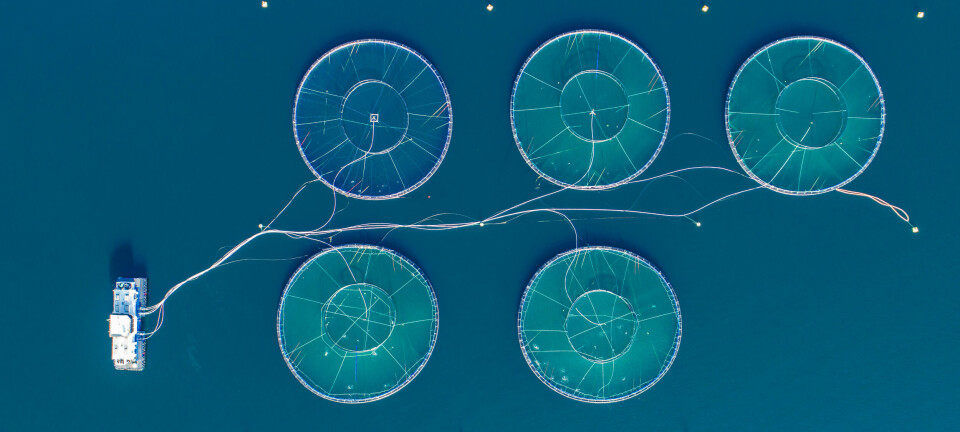Angling to halt industry expansion
Marine Scotland’s newly published classification puts all the rivers in the West Highlands and Inner Hebrides, including iconic systems such as the Awe and the Lochy, in the worst-performing category, with wild salmon stocks falling below their conservation limits.
Andrew Graham-Stewart, Director of S&TCS, commented: “This new analysis by Marine Scotland should ring alarm bells – fisheries scientists have long warned of the impact of sea lice and escapes emanating from salmon farms. The fact that no single river within salmon farming’s heartland of the West Highlands and Inner Hebrides has a sufficient stock of wild salmon for any exploitation to be sustainable cannot be a coincidence.
“Regrettably, Scottish Government has until now habitually downplayed studies by third parties, but we believe it cannot ignore its own fisheries scientists’ analysis. The contrast between western Scotland and the rest of the country is clear to see and the only major or substantive distinction between the east and west coasts is, of course, the presence of salmon farming in the west. We call on the Scottish Government to halt any further growth in salmon farming until the industry can definitively prove itself to be environmentally sustainable.”
Roger Brook, Chairman of the Argyll District Salmon Fishery Board, said: “Marine Scotland’s analysis must call into question Scottish Ministers’ repeated claims that salmon farming, as it is currently practiced, is inherently sustainable. While the majority of east (and north) coast rivers are ‘category 1’, indicating that wild salmon populations are reasonably healthy, all the rivers in the west Highlands and Inner Hebrides are designated as ‘category 3’, indicating that they are in very poor health. On the one hand Scottish Government is claiming that salmon farming is sustainable, whilst on the other hand it is categorising all wild fisheries in salmon farming areas as unsustainable.
“In light of this new analysis, the Scottish Government should at the very least place a moratorium on any further development or expansion of open-cage marine salmon farms until such time as the likely migration routes of wild salmon are understood and furthermore it should now begin a process of relocating farms away from such routes.”
The above map shows that the extent of west Highland rivers where wild salmon populations are in very poor health (category 3, denoted in beige) closely matches the extent of the salmon farming industry (the current active industrial salmon farming sites are marked in red), which has long been held to be a primary factor in the decline of wild salmon numbers in western Scotland.
It is noteworthy, say S&TCS, that the Grudie/Dionard rivers, the most westerly rivers on the north coast, are designated ‘category 1’. Migrating salmon smolts (juvenile salmon) from these rivers are able to head north into the open sea without passing any salmon farms. In contrast, all the neighbouring west-flowing rivers – where the smolts must navigate past salmon farms – are designated ‘category 3’.
The great majority of Scottish rivers to the south of the west Highlands – for example in Ayrshire and the Solway – are also ‘category 3’. Salmon smolts from these rivers migrate north through the main salmon-farming regions, rendering them liable to sea lice infestations, according to the S&TCS.




















































